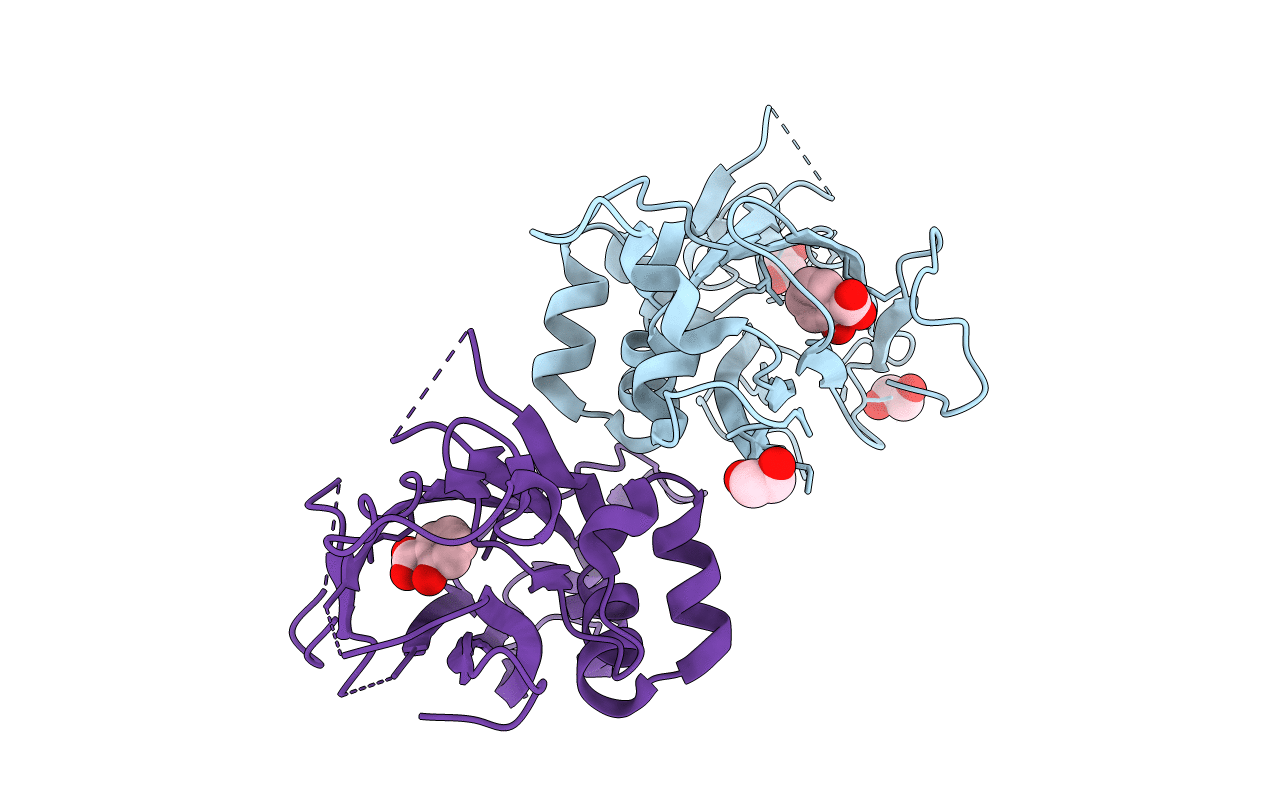
Deposition Date
2017-07-10
Release Date
2018-03-21
Last Version Date
2024-10-16
Entry Detail
PDB ID:
5OF1
Keywords:
Title:
The structural versatility of TasA in B. subtilis biofilm formation
Biological Source:
Source Organism:
Bacillus subtilis (strain 168) (Taxon ID: 224308)
Host Organism:
Method Details:
Experimental Method:
Resolution:
1.56 Å
R-Value Free:
0.17
R-Value Work:
0.15
R-Value Observed:
0.15
Space Group:
P 1


